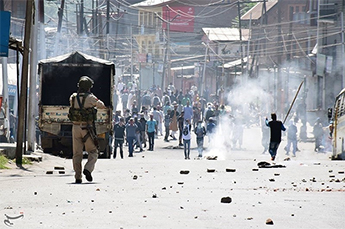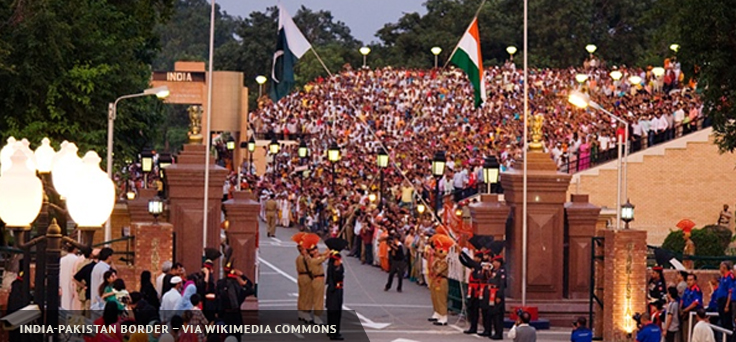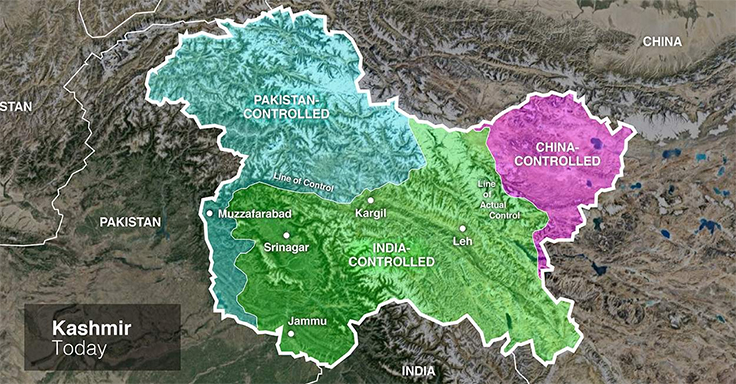|
But there’s more to it than mere MAD, loss of life, destruction of infrastructure and instability in the region. Perhaps one of the most, if not the most, adverse impact of such Indian aggression is what it does to the millions of innocent Kashmiris who continue to wander in the abyss when it comes to the question about their future. Millions of Kashmiris have been subjected to worst forms of violence since 1947. According to UN Human Rights Report on Kashmir (2016-2018), over 150 civilians died in a period of fewer than two years, while thousands have been injured – including 6,221 who were targeted by Indian forces with metal pellets between 2016 and 2017. In the words of former UN High Commissioner on Human Rights, “the political dimensions of the dispute between India and Pakistan have long been centre-stage, but this is not a conflict frozen in time. It is a conflict that has robbed millions of their basic human rights, and continues to this day to inflict untold suffering”.

Protests in Kashmir – via Wikimedia Commons
Just recently, a day after the Indian Air Force breached Pakistan’s sovereignty, on 27 February 2019, again four innocent civilians – including two children – were killed in Azad Jammu & Kashmir due to shelling by Indian forces from other side of Line of Control. This is exactly what needs to be kept in mind – innocent and young lives are being lost in the midst of conflict. It is reassuring to see that the UN-mandated peaceful resolution has been and remains Pakistan’s as well as the international community’s priority, as reflected by numerous statements by the Pakistani leadership as well as UNSC resolutions. However, such a contentious environment is anything but helpful for the peaceful resolution of the Kashmir dispute. Therefore, a comprehensive dialogue – as proposed numerous times by Pakistan – between India and Pakistan needs to be initiated as soon as possible with UN mediation as exclusive bilateralism hasn't bode much success in the past. In the midst of all this turmoil Pakistan has maintained peaceful gestures by immediately releasing the Indian pilot resulting in neutralization of the perilous conflict, but also extending its hand to Indian government for peaceful settlement of the disputes especially the Kashmir issue.
|



